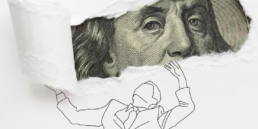I was reading Charles K Atkin’s ‘Mass Communication Effects on Drinking and Driving’ (link to PDF download) and a paragraph jumped out. He quotes Smart (1988) saying that “alcohol advertising is, at best, a weak variable affecting alcohol consumption” . Then he plays with a few counter-quotes and says that advertising ‘increases [alcohol] consumption to a modest extent’.
Two things struck me as odd:
- 1. The ‘modest extent’ proposition is incorrect if counting uplift in anything less than year (at least) – I shouldn’t wonder the statement is counting the time a TV ad is on air, which is commonly three months or fewer.
- 2. Measuring the effects of advertising in sales numbers does not describe other effects that allow for business success, such as price spread (and consequently, profit).
I’ve moved pretty far away from drink-driving already, but that’s OK as I want to talk about the assumptions in the paragraph that both the Ehrenberg-Bass Institute for Marketing Science and cognitive-behavioural theories expertly describe, diagnose, and treat.
Byron Sharp of the Ehrenberg-Bass Institute tells us how price promotions work in comparison to TV advertisements in his book How Brands Grow. Price promotions create sales uplifts in-and-of the moment. TV works over a longer frame, and differently.
He states that the outliers are the ones whose behaviour changes most. For instance, regular purchasers of a fizzy drink – let’s say daily purchasers – are already saturated (excuse the awkward pun). They are unlikely to have room for much more fizzy pop in their lives, and are already loyal (or appear to be loyal – might do a post on that later). However, the infrequent purchaser that engages once every 600 days, is minded to purchase every 300 days because of the TV advertisement. (I’m just going to go ahead and assume we’re talking about a successful ad – how you get one is informed heavily by cognitive-behavioural theories, and I will write about that another time too.) Reducing the purchase cycle by half is a major coup for the marketing, and helps ‘tidy-up’ the stragglers. It is obvious – even without a great deal of mental arithmetic – to see how the 600 days to 300 days purchaser won’t show up on a three month TV ad air time spread. One must account for this effect in measuring success.
So what about the price-spread effect?
Marketing generally delivers messages about a product other than price. (I know, massive generalization.) Indeed, the fight commonly is to append or accentuate attributes of a product that distinguish from others in category. The secondary effect of these is that they supply another value system on which consumers can lean in order to make a choice. To give this some light and shade, let me take you to Los Angeles.
In LA County in the late 1990’s State officials would inspect the hygiene status of all restaurants (Jin, Leslie, PDF download). They were graded with a letter: A, B, C, etc. and given advice on how to improve their score. Those that fell below the acceptable threshold were shut down.
“The hygiene score – just like price – was ubiquitous, consistent across all restaurants, and obviously displayed. This helps restaurants compete on something other than price . . . “
In 1997 they made one change: they passed a law to force all restaurant owners to display publicly their hygiene score. Now, this had many effects – including the primary aim of reducing hospitalisation from food-borne illness – including the introduction of a new choice system for consumers not based on price. The hygiene score – just like price – was ubiquitous, consistent across all restaurants, and obviously displayed. This helps restaurants compete on something other than price, and can stop the race to ‘win’ a price war in order to attract customers, which only results in a tight price spread around one price point offering little high- or low-end options (see the Bertrand Paradox for more on this phenomenon). Now the metric of success is price point and consequent profit, not simply crude sales/turnover. (Interestingly, one of the only categories not able to do this is the ‘value range’ so popular in Supermarkets. They communicate to consumers quite clearly that their only measure is price. They must live or die by that claim, too.)

Both approaches describe, diagnose, and treat the problems.
Charles IL Atkin may well have made assumptions about advertising that lead him to conclude it is a weak influencer. As Samuel L. Jackson says in The Long Kiss Goodnight (1996), assumptions make an ‘ass’ out of ‘u’ and ‘mptions’, but, the cognitive-behavioural theories, and bit of Ehrenberg-Bass, can save you – who wouldn’t want that?
For more on this speak with us, or have a look at our capabilities
Also, as co-founders and supporters of the London Behavioural Economics Network, join the Meetup group and Facebook group for more details and events
Related Posts
August 13, 2023
Money (but not called that, and how it changes behaviour).
Advertising agencies make a lot of…
August 1, 2023
Reading ease is not as easy as all that – comprehension shows the way
It's easy to make text readable, right?…
July 20, 2023
The ‘Hollywood hello’ – and the importance of context when communicating
When communicating we all like to be as…




